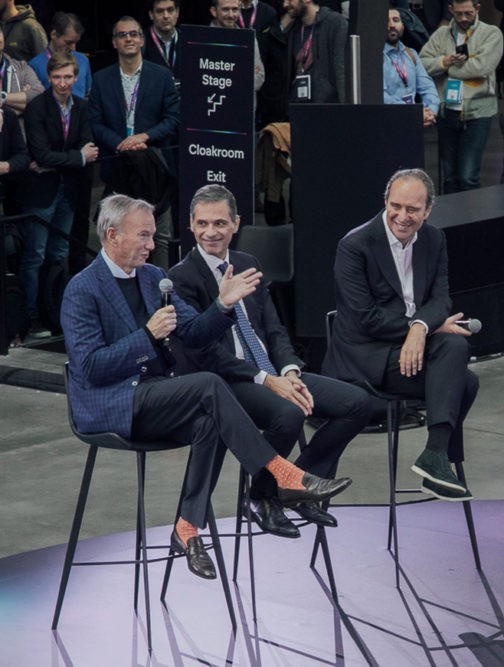CMA CGM helps found non-profit AI lab with more than $100 million in funding
Container shipping and logistics power and its partners Iliad S.A. and Schmidt Futures say “Kyutai” lab will democratize artificial intelligence

French container shipping giant CMA CGM Group is joining with French telecommunications company Iliad S.A. and Schmidt Futures, the philanthropic group created by a Google founder, to launch a private, non-profit research lab for studying artificial intelligence (AI).
The three founders say the objective of this new “Kyutai” lab is to tackle the main challenges of modern AI, particularly by developing large multimodal models – using text but also sound, images, etc. – and by inventing new algorithms to enhance their capacities, reliability, and efficiency. To do this, the laboratory will use the computing power made available to it by Scaleway, the French cloud computing and web hosting company that is a unit of Iliad.
The lab is backed by nearly $325 million from its founders, including more than $100 million apiece from CMA CGM iliad, and additional funding from Schmidt Futures, which was created by former Google (now called Alphabet) CEO Eric Schmidt. The partners are currently seeking to bring other private investors on board to provide long-term financing.
As a non-profit organization, Kyutai’s ambition is to support the democratization of AI by sharing its advances with the entire AI ecosystem, spanning the scientific community, developers, companies, society at large and decision-makers in democracies. Kyutai will also contribute to the training of future AI experts by offering internships to students on Master’s programs and supervising PhD students and postdocs.
“Through this new investment in artificial intelligence, I would like the younger generation to benefit from all the opportunities that this technology has to offer,” Rodolphe Saadé, president and CEO of the CMA CGM Group, said in a release. “Thanks to Kyutai, researchers will have all the resources they need to create and invent the world of tomorrow. It’s a venture that will bring together the world's best experts to address the challenges of AI. The CMA CGM Group’s decision to get involved was also driven by a desire to place France and the rest of Europe at the forefront of artificial intelligence research. We need to create a dynamic and innovative ecosystem to keep our businesses competitive. Joining forces is the best way to prepare for the future."
Related Articles
Copyright ©2024. All Rights ReservedDesign, CMS, Hosting & Web Development :: ePublishing